There’s nothing fun about paying student loans until you finally get to that zero balance. Depending on the terms of your loan, you’re likely making high payments each month with interest rates anywhere from 4%-7% or higher applied.
It’s not all bad news, though. The Federal Government allows for several tax benefits that can take some of the pain out of high and low interest loans and make your payments a little more palatable.
Writing Off Interest
For every year you’re paying interest on your student loans, you can write off a portion of that on your tax return. The IRS refers to this as a student loan interest deduction. The tax deduction allows you to write off up to $2,500 of student loan interest per year. You just have to be making payments on a qualified student loan.
There are, of course, restrictions placed on the amount you can deduct if your modified adjusted gross income meets a certain level. To be eligible for the deduction, you must:
Be enrolled at least half-time in school
Be filing independently (your parents can’t claim you as a dependent)
Make less than $165,000 a year if married
Make less than $80,000 a year if single
Since $2,500 is the maximum amount you can deduct from your taxable income, you’ll want to check with your accountant at tax time to see if you meet the requirements get the most out of the deduction.
American Opportunity Tax Credit (AOTC)
The American Opportunity Tax Credit allows you to take up to $2,500 off your tax bill each year for the presumed four years you’re enrolled in higher education. Unlike the student loan interest deduction, the AOTC only applies to the first four years of school. If you spend more time enrolled, you’ll no longer be eligible for the tax credit.
The AOTC allows you to receive a credit of 100% of the first $2,000 you spend on education and an additional 25% on the next $2,000. The credit can be particularly beneficial if it pays your tax completely. In such cases, you can receive a refund of up to $1,000.
To qualify for the AOTC, you must:
Be within the first four years of college
Be enrolled in school for at least one semester and/or achieve half-time enrollment status during the tax year
Be free from federal criminal charges for drug convictions
In addition to meeting these requirements, you must only claim the AOTC for expenses unrelated to room and board, transportation, insurance, or medical expenses. Like the student loan interest deduction, you must also have a modified adjusted gross income of $80,000 or less if filing individually and $189,000 if filing jointly.
Lifetime Learning Credit
The Lifetime Learning Credit is available for those who don’t qualify for the American Opportunity Tax Credit. The Lifetime Learning Credit is also more flexible regarding who can qualify and offers up to $2,000 in credits per year.
Those applying for the credit can do so any time during their time at a college or university (not just the first four years) and don’t have to meet half-time enrollment status. This tax credit is particularly advantageous for low- to middle-income individuals who are taking classes as they’re able or for graduate students working on degrees beyond the first four years of school.
While the credit allows you to claim up to $2,000 for qualified education expenses, it does not allow for a refund if the tax is reduced to zero. In this case, qualified education expenses include tuition, books, and any fees associated with attending classes.
To qualify, you must have a modified adjusted gross income of $134,000 or less if married and $67,000 or less if filing individually. If you have applied for the AOTC, you will not be eligible for the Lifetime Learning Credit in the same tax year.
Tax Cuts and Jobs Act
The Tax Cuts and Jobs Act (TCJA) eliminated one popular tax deduction known as the tuition and fee deduction for tax years following January 1, 2018. This deduction allowed taxpayers to deduct up to $4,000 from qualified education expenses. The deduction was often used in conjunction with the Lifetime Learning Credit, but was allowed to expire following the Tax Cuts and Jobs Act.
The TCJA also provided some tax advantages for those foregoing loans in favor of college savings accounts like 529 savings plans and Coverdell Education Savings Accounts. Taxpayers who take advantage of these options can withdraw money tax-free as long as the funds are used for education. The change might be worth looking into if you’re interested in avoiding student loans.
Consult an Expert
Secure the biggest deductions and returns on your student loans at tax time by consulting your accountant or tax preparer. As tax laws change, your preparer is the most informed and accurate resource you have at your disposal. Make sure you pursue all eligible deductions while you qualify to make your investment in your education more beneficial.

